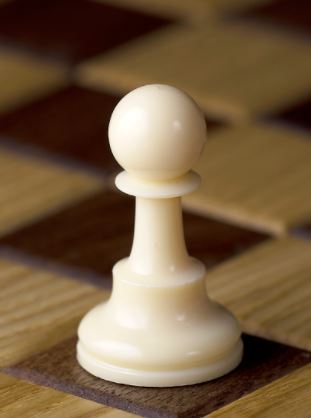Just gonna dive right into it I guess
CONSTRAINTS
1. Cost – I am worried that this project is going to end up costing me a lot more than I had originally intended. I’m trying to stick to a budget of $150 and I have already spent about $80 just on the wood materials. I still need to pay to have the wood cut as well as buy all the electronic components that I’m going to be using.
2. Size – Since I wanted to be able to store all of the game pieces with the board the board itself is going to come out to be 31 by 31 inches. I’m nervous this might be a bit too big to be practical but I’ve already made the design and purchased the materials so I guess I’ll just keep my fingers crossed.
3. Time – Between all the projects I have for my other classes I am concerned that I won’t be able to finish the project in time. I know that there is still plenty of time until it is due, but there will most likely be complications that cause time delays because there are always complications with every project.
4. Electronics – I have not worked with electronics a whole lot and I have not worked with LEDs specifically at all. I’m really nervous about being able to integrate all of the components in a way that looks good.
5. Materials – Since students currently don’t have access to the woodshop in the ITLL, I am going to have to rely on the ITLL to cut all of my pieces to the correct size and in time for me to finish the project. I should probably get that process started tbh.
SPECIFICATIONS
1. Aesthetic – I would really like for the finished project to be aesthetically pleasing and have an interesting combination of rustic and technological themes.
2. Engravings – I am planning on engraving different designs into both the wood and the acrylic covers so I would really like for all of those to come out looking clear and precise.
3. Dynamic Component – The LEDs represent the dynamic component as they will be user controlled and changing over time. Having all of the electronics working is a critical specification of the final product.
4. Precision – There will be a lot of individual components that will be combined so having every single piece be precise is critical to ensure the assembly can fit together properly.
5. Durability – The main goal for the project was to have something that could be used long after the class has ended. If the product is not durable enough to survive multiple uses, moves, bumps, or drops, then it will have failed.


4 Comments. Leave new
These all seems like good constraints and specifications. There are a lot of situations constraints for us right now, and I think you’ve done a good job of pointing those out an giving your thoughts on how to best complete the project within them. As you pointed out, I would try to get the fab request into the ITL as soon as you can since they might still be backed up. Although senior design projects should be mostly wrapped up I would think so maybe they are more open than they have been.
Hey Brayden
Yeah I noticed that a lot of the constraints I had could be found in a bunch of other projects as well. I’m trying to set up the manufacturing requests as quickly as I can while also looking at other options to get my manufacturing done (like McGuckins) in case the ITLL is too backed up.
Hi Callum,
I think that you went through your constraints and specifications well and outlined them in a good way. I am also working with LEDs in my project and using Arduino or raspberry pi can be a little hard at first but there is plenty of information online about how to write the code and wire it all together. I thought it was going to be difficult but once i sat down and did it it only took be about an hour to get the electronics working. I am excited to see how this turns out!
Hey Ryan
I’m really counting on being able to find either online resources that can help or having some of my friends that have worked with LEDs before help. It’s comforting to hear that there are lots of options online and that overall it didn’t take you that long to complete.